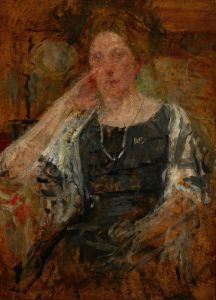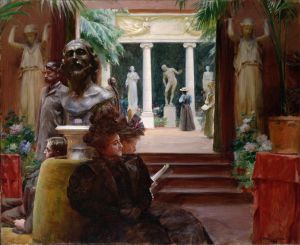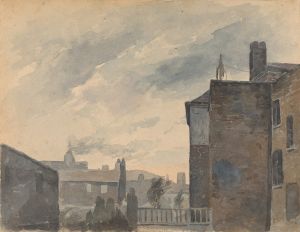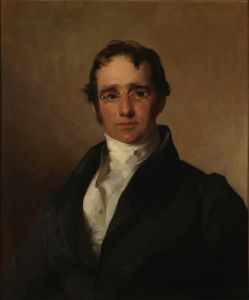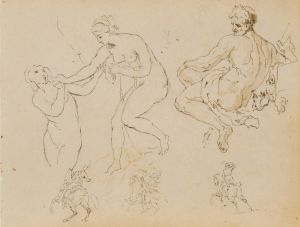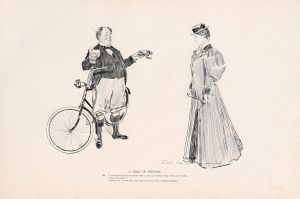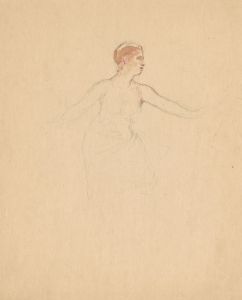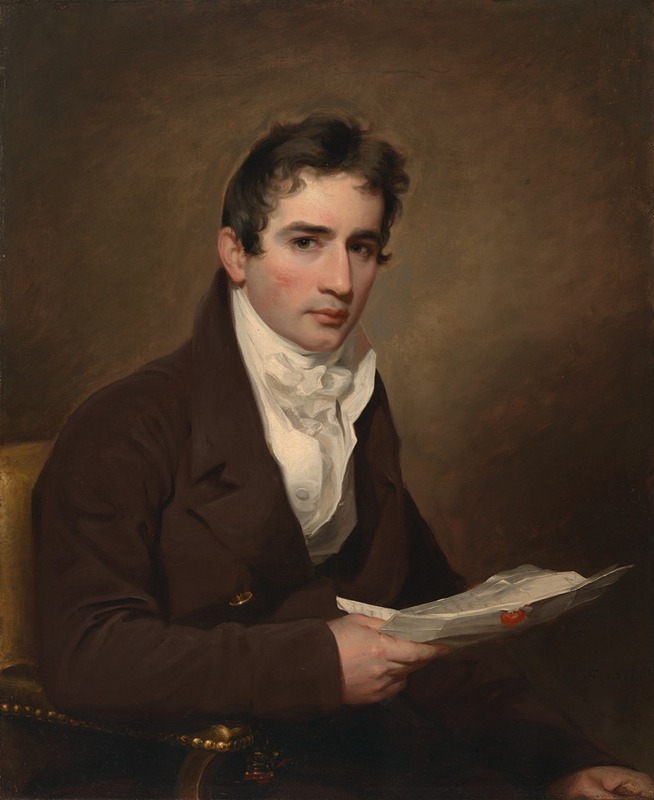
John Sergeant
A hand-painted replica of Thomas Sully’s masterpiece John Sergeant, meticulously crafted by professional artists to capture the true essence of the original. Each piece is created with museum-quality canvas and rare mineral pigments, carefully painted by experienced artists with delicate brushstrokes and rich, layered colors to perfectly recreate the texture of the original artwork. Unlike machine-printed reproductions, this hand-painted version brings the painting to life, infused with the artist’s emotions and skill in every stroke. Whether for personal collection or home decoration, it instantly elevates the artistic atmosphere of any space.
Thomas Sully was an American portrait painter born in 1783 in Horncastle, Lincolnshire, England. He moved to the United States with his family in 1792 and became one of the most prominent portrait artists in the early 19th century. Sully is known for his elegant and refined style, which was influenced by the British portrait tradition. He painted many notable figures of his time, including political leaders, socialites, and actors.
One of Sully's works is the portrait of John Sergeant. John Sergeant was an American politician and lawyer born in 1779 in Philadelphia, Pennsylvania. He was a prominent figure in the early 19th century, serving as a member of the United States House of Representatives and running as the vice-presidential candidate for the National Republican Party in the 1832 election alongside Henry Clay.
The portrait of John Sergeant by Thomas Sully captures the dignified and composed demeanor of the politician. Sully's technique involved a keen attention to detail and a focus on the character of his subjects, which is evident in this painting. The portrait likely reflects Sully's ability to convey the personality and status of Sergeant through the use of light, color, and composition.
Sully's portraits are characterized by their smooth brushwork and the subtle use of color to create lifelike representations. In the portrait of John Sergeant, Sully would have employed these techniques to highlight Sergeant's features and attire, emphasizing his status as a respected public figure. The background of Sully's portraits often included simple, muted tones that allowed the subject to stand out, a technique that would have been used in the portrait of Sergeant as well.
Throughout his career, Sully painted over 2,000 portraits, leaving a significant legacy in American art. His works are held in high regard for their artistic quality and historical significance, providing a window into the people and culture of his time. The portrait of John Sergeant is part of this legacy, representing both the skill of the artist and the prominence of the subject.
Sully's influence extended beyond his own work, as he taught and inspired other artists of his time. His portraits remain important cultural artifacts, offering insight into the early American republic and its notable figures. The painting of John Sergeant by Thomas Sully is a testament to the artist's ability to capture the essence of his subjects and contribute to the rich tapestry of American portraiture.
In summary, Thomas Sully's portrait of John Sergeant exemplifies the artist's mastery in portrait painting and his contribution to American art. The painting not only highlights the features and character of John Sergeant but also reflects the broader historical context of the era in which both the artist and the subject lived.






